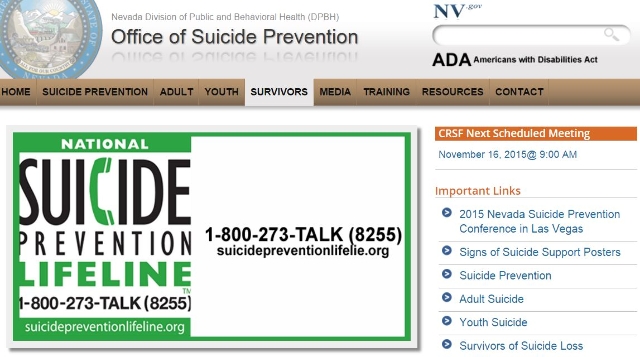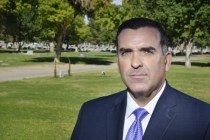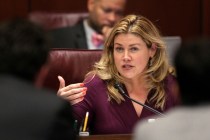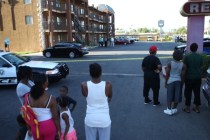Nevada needs more help for families after a suicide

A few years after Linda Flatt’s son died, she started a support group for fellow “survivors” of suicide.
When she learned survivors are at heightened risk to kill themselves, she decided to get training in how to help them.
But she found there was no such training available in Nevada, which at the time — the late 1990s — had the nation’s highest suicide rate.
“That made me angry,” Flatt said.
So she did something about it. After years of pushing, she and others got the state to establish an official suicide prevention office in 2005.

A decade later, advocates say Nevada still has fewer resources than it needs to fight suicide. The state office has a staff of just four and an annual budget of less than $1 million. The state lacks money to update its 2007-vintage suicide prevention plan, said Misty Vaughan Allen, who heads the office.
Poor resources for mental health treatment is a national problem that’s even more acute in Nevada.
It was even worse in 1993, when Flatt’s son, Paul Tillander, died at 23. The Henderson resident said her son dropped out of school. After two years in the Navy he returned to Nevada. She believes a gambling problem played a role in his death.
Flatt said it took her almost three years to put herself back together after the suicide, and only then was she in any shape to help others.
She went to grief support groups, but when she brought up suicide, people “shut down.”
In 1996, she started her own group. After meeting other survivors, she became an activist. A dental office front desk worker for 30 years, she often traveled on her own dime to lobby in Washington, D.C., and Carson City. For years, she felt like she was the only one doing anything.
“When I started advocating, those legislators had no clue,” Flatt said. She recalled one who asked: “Do we have a problem with that?”
The comment fit the attitude of the era: Suicide just wasn’t talked about, even in Flatt’s family after her son’s death.
“My mother’s term was ‘Don’t air your dirty laundry,’ ” she said. “We just kind of swept everything under the rug. And we’ve learned that doesn’t work very well.”
Flatt later worked for the state’s suicide prevention office, retiring in 2013. Now 72, she still leads a group called Surviving Suicide Loss.
Richard Egan, who replaced Flatt in the state office, trains or meets with just about any organization that will have him: community groups, retirement centers, apartments, colleges and schools, mental health providers and military bases. He also sets up booths at health fairs and gun shows, and trains employees of gun shops and shooting ranges to recognize warning signs of suicide.
Egan said he saw firsthand how the Air Force reduced suicide in its ranks through education and awareness.
“We can do the same thing in our communities, but it’s going to take longer,” he said.
Especially when you compare the attention and money devoted to suicide prevention to that focused on traffic accidents.
Almost everyone has seen a “Zero Fatalities” billboard or heard a radio ad aimed at reducing traffic deaths. A worthy cause — but for something that kills far fewer people than suicide.

Despite the challenges, Nevada has come far from the era when suicide was a dark secret. Last month, thousands of people turned out for awareness walks around the state. And Egan and his colleagues educate thousands each year in suicide awareness and prevention. The Clark County School District also has a suicide-prevention coordinator.
Yet measuring success is inherently tough.
“It’s hard to know what’s been prevented — that’s always been a challenge,” Allen said.
Contact Eric Hartley at ehartley@reviewjournal.com or 702-550-9229. Find him on Twitter: @ethartley
One sure bet: Death in Las Vegas













